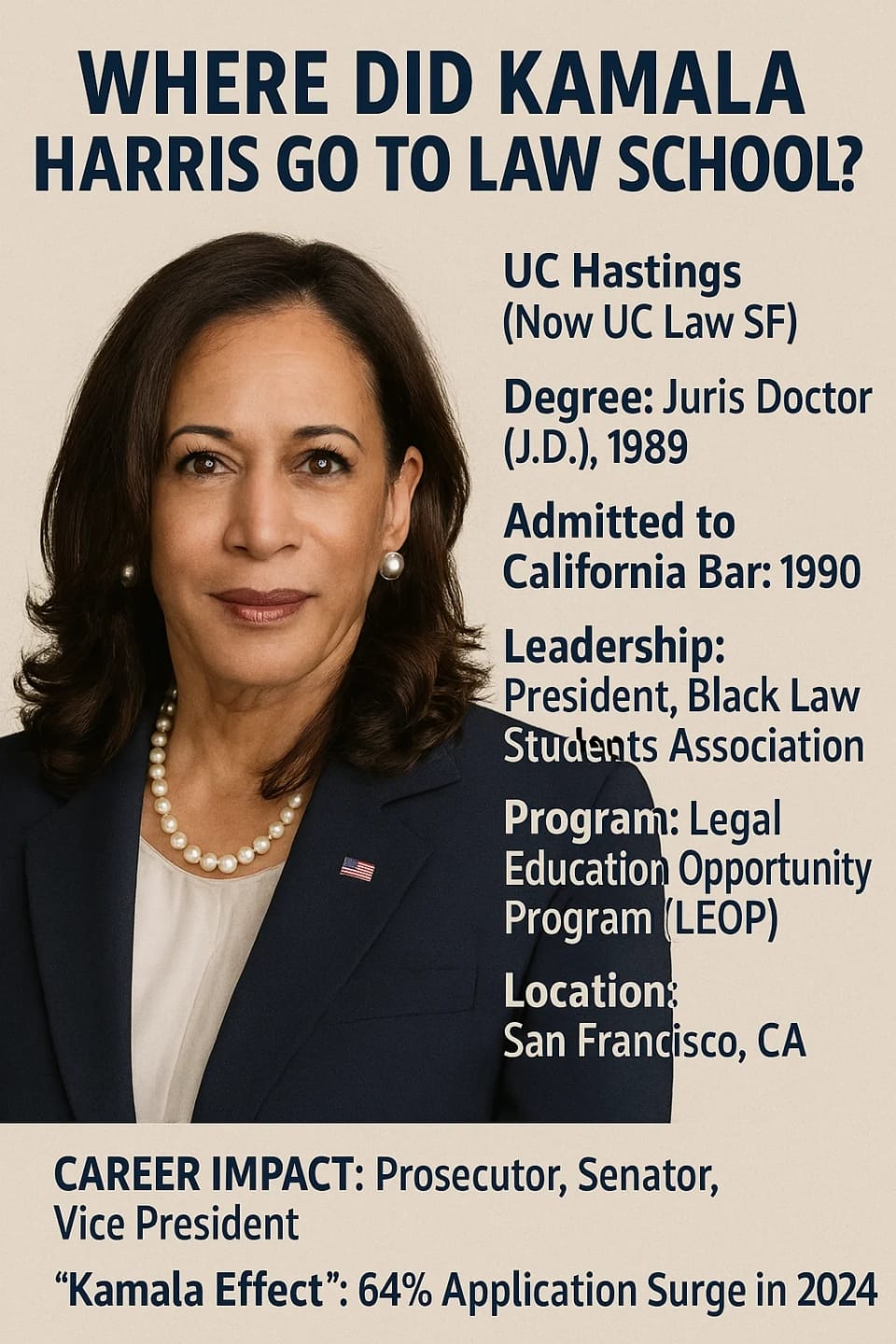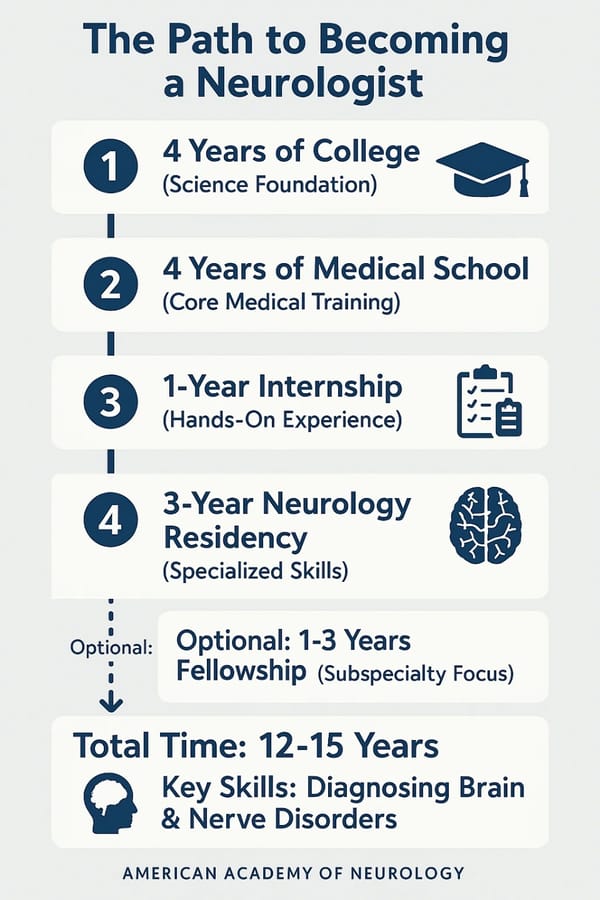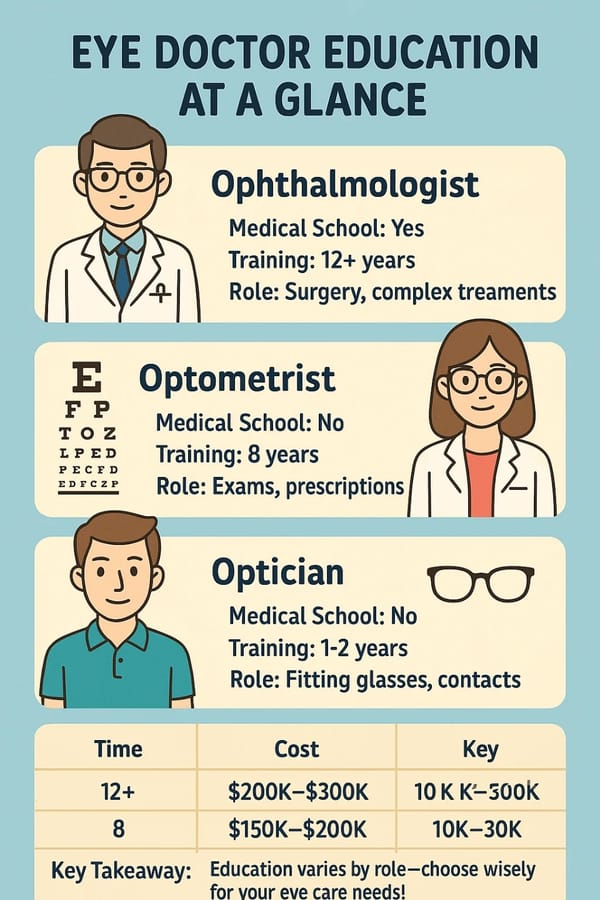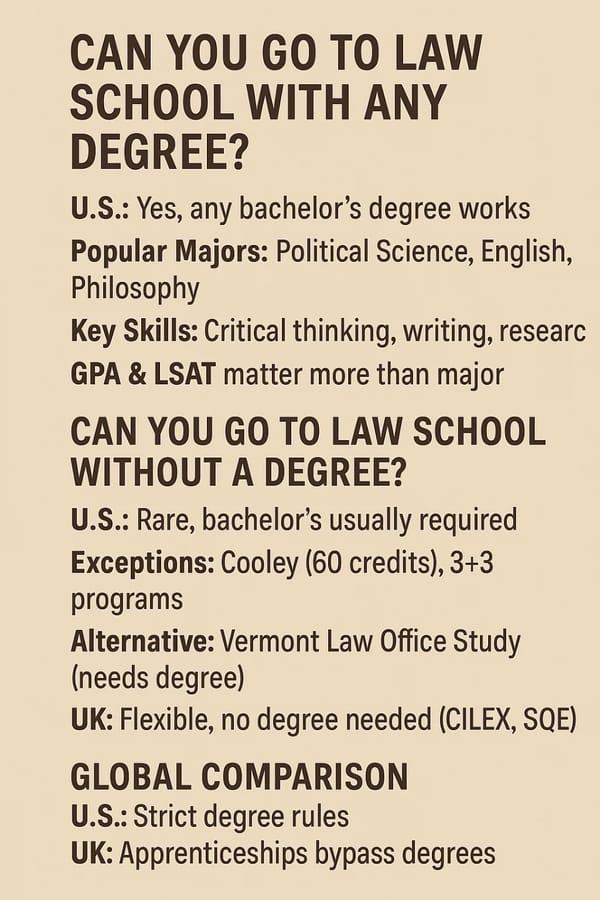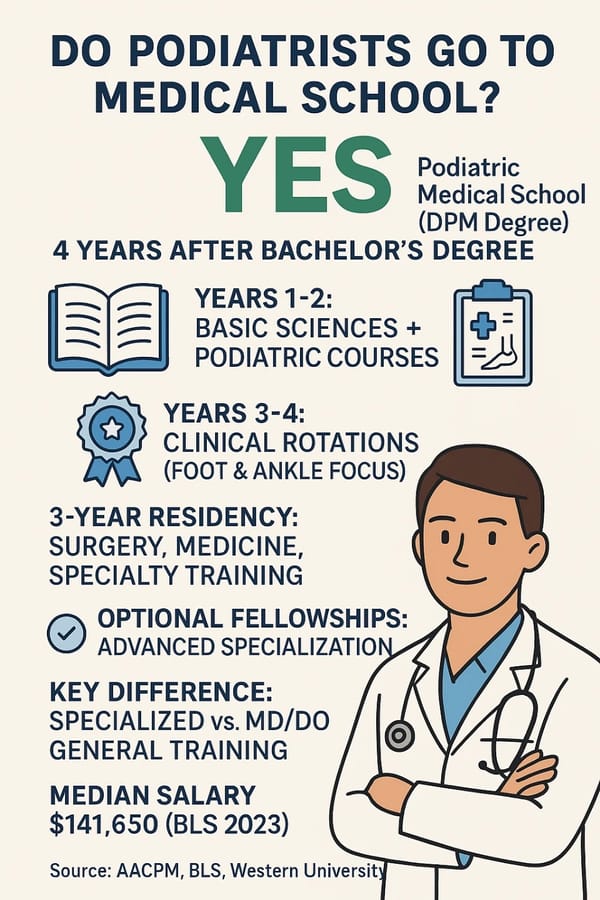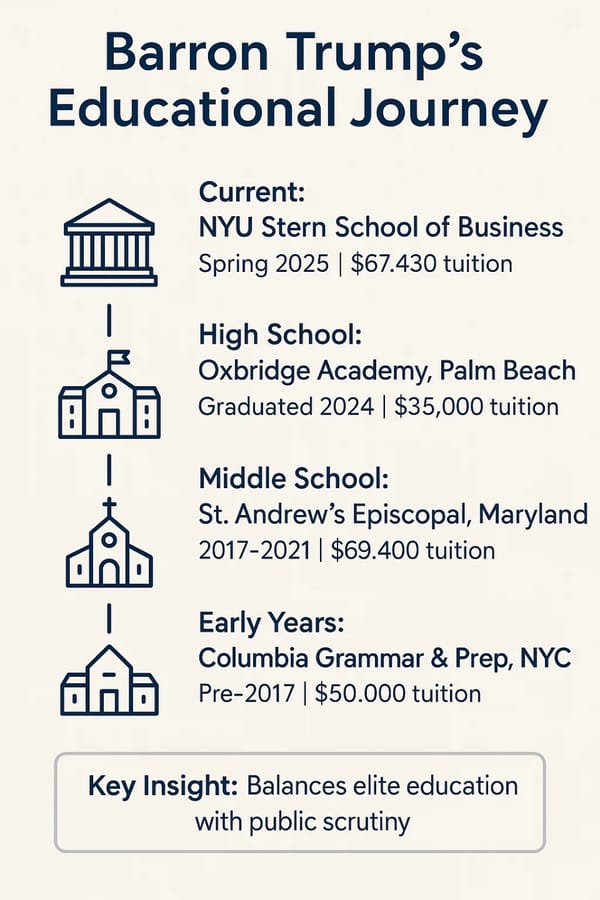From Oakland to the Oval Office: The Legal Roots of a Trailblazer
Ever wondered what shapes a leader? What pivotal experiences forge the path to historic achievements? For Kamala Harris, the first female, first Black, and first Asian-American Vice President of the United States, the journey began with a solid foundation in education—particularly her time in law school. If you’ve ever pondered, “Where did Kamala Harris go to law school?” or “What law school did Kamala Harris attend?” you’re in the right place. In this blog post, we’ll explore her legal education, the institution that shaped her early career, and how it connects to her remarkable rise in politics. Written from the perspective of a legal education enthusiast and tailored to curious readers—whether you’re a student, a history buff, or just a fan of Harris—this post will give you a front-row seat to her formative years.
Let’s dive in!
The Early Years: Setting the Stage for Law School
Before we get to the law school chapter of Kamala Harris’s life, it’s worth understanding the path that led her there. Born on October 20, 1964, in Oakland, California, Harris grew up in a household that valued education and activism. Her mother, Shyamala Gopalan, was a breast cancer researcher from India, and her father, Donald Harris, was a Jamaican-born economics professor. This blend of intellectual rigor and social consciousness planted the seeds for Harris’s future.
After graduating from Howard University in 1986 with a degree in political science and economics, Harris didn’t stop there. Howard, a prestigious historically Black university, gave her a strong sense of identity and purpose—qualities she’d carry into her legal studies. But where did she take the next step? That’s where the University of California, Hastings College of the Law—commonly known as UC Hastings—enters the story.
Where Did Kamala Harris Go to Law School? The Answer Is UC Hastings
Kamala Harris attended the University of California, Hastings College of the Law in San Francisco, where she earned her Juris Doctor (J.D.) degree. Graduating in 1989, she was admitted to the California Bar in 1990, marking the official start of her legal career. But UC Hastings isn’t just any law school—it’s an institution with a rich history and a reputation for producing trailblazers.
Founded in 1878, UC Hastings was the first law school west of the Rocky Mountains, making it a pioneer in legal education. By the time Harris enrolled, it had already established itself as a hub for ambitious students eager to make a difference. Today, the school is officially named the University of California College of the Law, San Francisco (UC Law SF), a rebranding that took place in 2023 to reflect its modern identity. So, when people ask, “What law school did Kamala Harris go to?” the answer is UC Hastings—though its name has evolved since her graduation.
Why UC Hastings?
So why did Harris choose UC Hastings? While she hasn’t publicly detailed her exact decision-making process, a few factors likely played a role. For one, its location in San Francisco put her close to home—back in the Bay Area where she’d spent much of her childhood. Plus, UC Hastings had a reputation for fostering a practical, hands-on approach to law, which aligned with Harris’s goal of becoming a prosecutor. As someone who’d later describe her career as being “in the trenches,” this fit her like a glove.
I remember visiting San Francisco years ago and stumbling across the UC Hastings campus. It’s nestled in the heart of the city, surrounded by courthouses and law firms—a perfect spot for a future legal eagle like Harris to cut her teeth. The vibe there was electric, with students buzzing about cases and justice. It’s easy to imagine a young Kamala thriving in that environment.
Kamala Harris’s Time at UC Hastings: A Closer Look
Harris didn’t just coast through law school—she made her mark. During her time at UC Hastings, she served as president of the Black Law Students Association (BLSA), a role that showcased her leadership and commitment to equity. This wasn’t just a title; it was a platform for her to advocate for marginalized voices within the legal profession—something she’d carry into her career.
Her activism had an “institutional flavor,” as noted in a Politico article. While she pushed for change, she did so by working within the system—meeting with administrators and building bridges. This balance of reform and pragmatism would later define her as a “progressive prosecutor.”
The Legal Education Opportunity Program (LEOP)
Interestingly, Harris was admitted to UC Hastings through the Legal Education Opportunity Program (LEOP), designed for students who’ve faced significant challenges like economic hardship or educational disadvantage. According to a Daily Signal report, this has sparked some debate, given that her parents were accomplished academics. Her father was a Stanford professor, and her mother taught at McGill University. Still, LEOP considers a range of factors beyond income—like personal potential and obstacles overcome—which likely resonated with Harris’s story as a first-generation American.
Here’s a quick snapshot of her UC Hastings experience:
| Aspect | Details |
| Degree | Juris Doctor (J.D.), 1989 |
| Program | Legal Education Opportunity Program (LEOP) |
| Leadership Role | President, Black Law Students Association |
| Location | San Francisco, California |
| Post-Graduation | Admitted to California Bar, 1990 |
This table sums up the essentials, but the real story lies in how UC Hastings shaped her worldview.
How UC Hastings Influenced Kamala Harris’s Career
Harris’s time at UC Hastings wasn’t just about earning a degree—it was about building the skills and mindset that propelled her forward. After graduating, she dove into the legal world as a deputy district attorney in Alameda County, prosecuting cases involving gang violence and child sexual assault. This gritty, real-world experience echoed the practical training UC Hastings emphasized.
Her law school years also honed her ability to navigate complex systems—a skill she’d later use as San Francisco District Attorney, California Attorney General, U.S. Senator, and Vice President. A PBS News piece on her career highlights how her prosecutor roots trace back to those early days at Hastings, where she learned to balance toughness with compassion.
I’ve always admired how Harris turned her education into action. As someone who’s dabbled in legal studies myself, I can attest that law school isn’t just about memorizing statutes—it’s about learning to think critically and fight for what’s right. Harris clearly took that to heart.
UC Hastings Today: The “Kamala Effect”
Fast forward to today, and UC Hastings—or UC Law SF—has seen a surge in interest tied to Harris’s prominence. According to a Reuters report, applications spiked 64% in 2024 as the presidential election neared, with 633 applicants compared to 385 the previous year. This “Kamala Effect” echoes a 33% bump in 2020 when she became Vice President. Clearly, her legacy is inspiring a new generation of law students.
Comparing UC Hastings to Other Law Schools
To put UC Hastings in context, let’s compare it to some heavy hitters:
| School | Ranking (2024 U.S. News) | Notable Alumni | Location |
| UC Hastings (UC Law SF) | \#82 | Kamala Harris | San Francisco, CA |
| Harvard Law | \#5 | Barack Obama, Ruth Bader Ginsburg | Cambridge, MA |
| Yale Law | \#1 | Bill Clinton, Sonia Sotomayor | New Haven, CT |
While UC Hastings doesn’t rank in the coveted “T-14” (top 14 law schools), it’s produced a powerhouse in Harris. Unlike Harvard or Yale grads who’ve dominated the presidency
